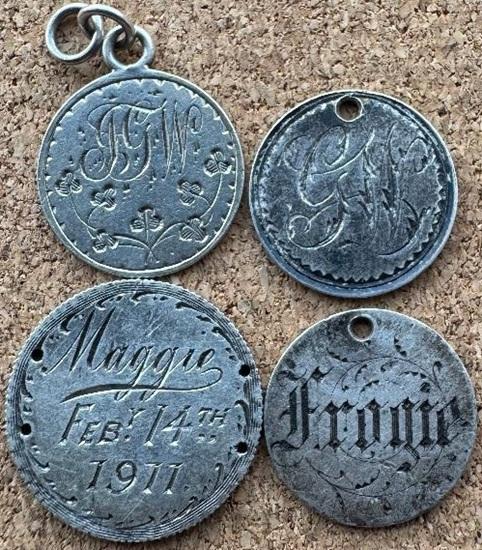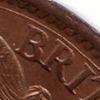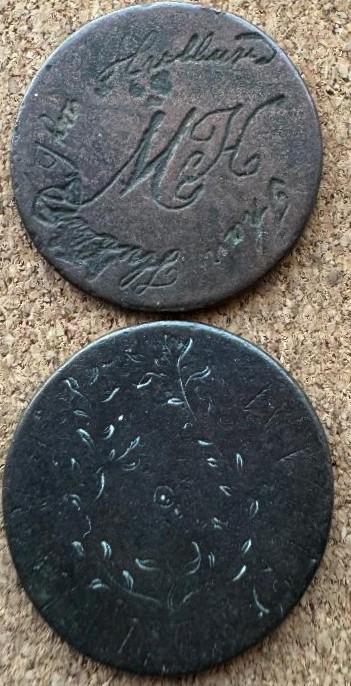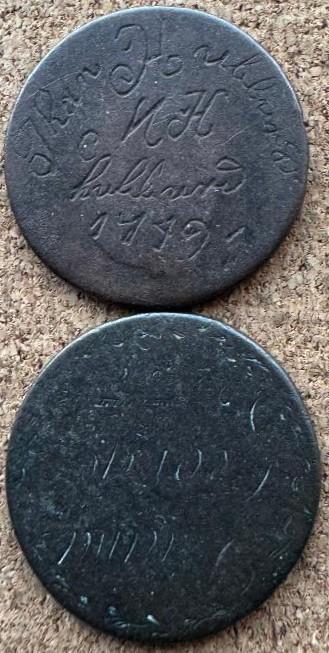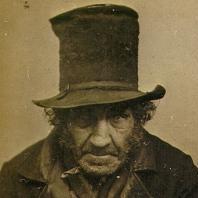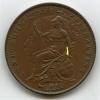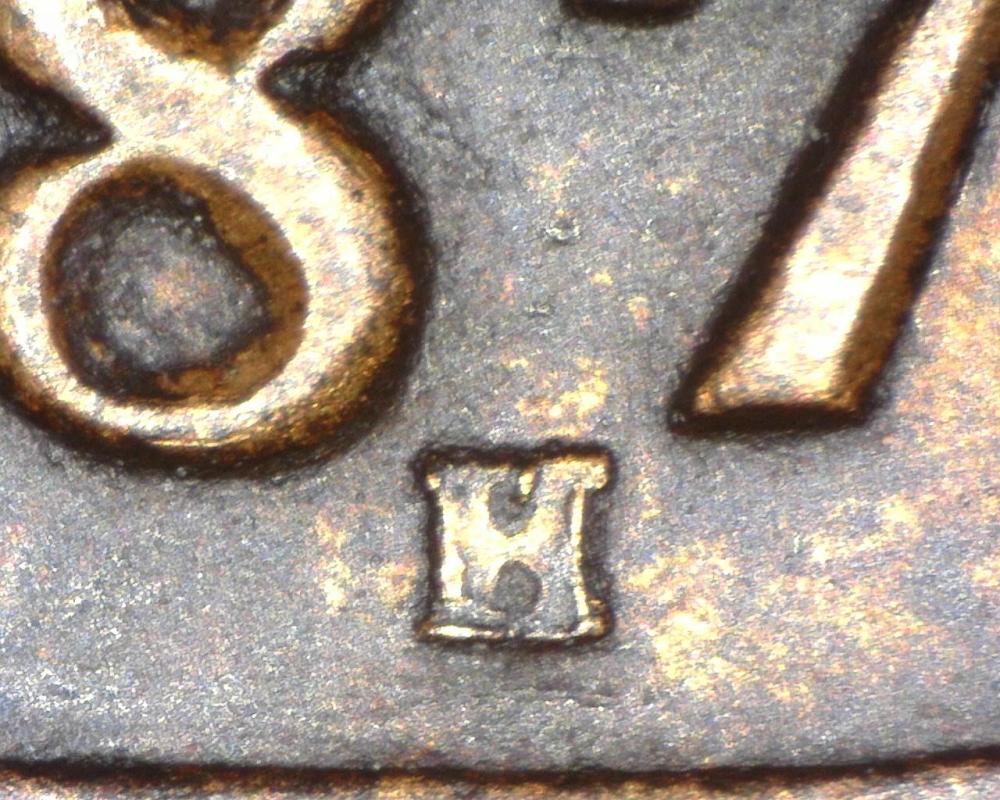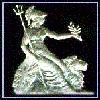Leaderboard
Popular Content
Showing content with the highest reputation since 12/14/2025 in all areas
-
Not the best of pictures but here's the edge. It reads * SERJEANT WILLIAM GRANT , 1ST BAT 92ND HIGHLANDERS. I bought it online from a dealer in Glasgow who had omitted the edge details in the description of sale. I was a bit miffed at first until i did some research. He is Roll number 51 on the Waterloo medal database. He also composed a poem about the battle that was on a manuscript that was sold by Noonans in September 2006 (lot 1100)4 points
-
4 points
-
Get in quick for this one: https://www.ebay.co.uk/itm/187859014593?itmmeta=01KCWD3RSPGS13XT0BRGS6G0P9&hash=item2bbd4513c1:g:jDsAAeSwnv1pRbEi&itmprp=enc%3AAQAKAAAA4FkggFvd1GGDu0w3yXCmi1fvsd0HwSoi3YVy3fEVKmzOU8EzcZuz8p%2FWljDDMPKaHkCqMoBVOUyU20uY%2Fk16edJXx5F6RDVCUVj8YBpZ0bcKH4TvJgCIt53fO1P%2BB7p7IPC3zyoGCpItoclwOlycCLt6syNuMKQL398SvgN%2FRbMQ5CT6ipDKzZzuKktdX4sH%2B8qBURpxXSMEif7ItzhiHxh%2FixUe1Ps9LJIKs31ia1sUwLyxkzevXuUrmv51nI5KQUj9qzfXRVg2jy%2BvtCqCJgBBXqOe%2Bv5PwAVO1oJdvZ50|tkp%3ABk9SR4aNj43nZg3 points
-
The manuscript of the poem he wrote was sold at Noonans. https://www.noonans.co.uk/archive/lot-archive/results/131481/3 points
-
2 points
-
That’s stunning, @Ukstu I’ll try and look the thread out @Sword it was in a conversation about Maundy money, as you guessed.2 points
-
I'll also take plugged/edge loss etc hammered coins, especially if it makes them affordable (eg my Richard III in the name of Edward IV/V groat), I try to avoid actual holes and coins that have been broken and repaired unless extremely difficult to get otherwise (eg my Matilda 1d). I woudn't take a milled coin with any of these defects, although I've got a couple that have been cleaned/polished.2 points
-
1 point
-
Many Thanks, its a nice grade, I have a younger relation who's kinda interested in some Ive shown, passing on to him some of the nicer pennies may inspire him to show more of an interest, once again, many thanks "H"👍1 point
-
Its OK, the 1947 had a mintage of 52 Million though and common in high grade, selling for about £10 each.1 point
-
If i can dig anything more up about him i will do. Be interesting to see if i can find out what year's he was in the service as you can then research the unit and find out where they got put on active service and what place's they fought in. I love this sort of stuff myself , i was able to research my grandads naval history off his WW1 naval logbook and find out about ships he was on that got sunk while he was aboard them. I never got to meet him as he died in 1935 when my dad was 3 so we never really knew much about him. It was fascinating and i was able to fill in some blanks for my dad about his father's family history before he passed away in 2019.1 point
-
I absolutely love this! If you were ever able to bring this man’s life any more alive, do start a thread, I’d follow it like a novel. What a story, and so intimately connected through that coin!1 point
-
Or bone meal fertilizer. I think he was okay. I found this out about him.. William Grant fought as a Sergeant in Captain John Warren’s company of the 92nd Highlanders at Waterloo. He was shortly afterwards promoted to Sergeant-Major and, on 5 November 1819, he was appointed Adjutant with the rank of Ensign. He did not live to claim a Peninsula Medal. I'd probably need a paid Ancestry account to get any more information. Not sure what year they started awarding peninsula medals .1 point
-
1 point
-
1 point
-
That's amazing! Superb engraving too. It would have taken some thought to work out what wordings would fit neatly around the edge.1 point
-
That's fascinating. Well done for finding it out and keeping the story alive. This is the sort of item I would buy; but for the story and history rather than as a coin.1 point
-
Now that’s what it’s all about, capturing historical moments in time. Similar to when we talked on here recently about whether a particular coin could be proven to have passed through the hand of Queen Elizabeth I herself, things like that, what an exciting thought. Or a bullet hole through a signpost in Somerset where a dog fight between a spitfire and a German light bomber occurred. Love history!1 point
-
I don't tend to buy them now but when i first started collecting i bought holed / plugged coins. I have a milled sixpence of Elizabeth I that would of been way out my budget at the time if it wasn't for the plug in it. Don't mind counterstamped stuff so much as it's an interesting field that you can research sometimes. I picked up a cartwheel penny last year that had an edge engraving in the same style as the waterloo medal. When i researched the name on it i found out the guy had actually been at Waterloo. I only paid £10 for it as well so wasn't expensive.1 point
-
No sorry but they are just scrap. The best thing to do with any Bronze coins post 1901 is to buy the David Groom book " British 20th Century Bronze Coin Varieties ". Its only about £10-£15 posted on Amazon and will help you get familiar with any varieties for Bronze Pennies, Halfpennies and Farthings. There is a seperate one for silver coins also, should you be interested in those.1 point
-
I think all these alterations add to the history. A plug means someone thought it interesting enough to use as a medallion or touch piece, then someone later felt it was interesting enough to repair. Engravings are often love tokens or claims to ownership. A split or fragment means it has been in the ground for some time. I think that is why I find perfect proof coins a bit dull.1 point
-
I guess most "serious" collectors would avoid plugged coins, or any other damage. But if that is the only way you can fill a gap within budget, then go for it! I have a number of damaged coins in my collection - some with engravings in the field, some ex-mount, some hammered even missing fragments, but they will fill the gaps until and unless I can afford to replace them with something better. Here, for example, is my William I penny. I would love to have one without the missing chunk, but until one comes along at a price I am happy with, it will stay with me. Your Henry VII, by the way, is a lovely example apart from the plug.1 point
-
1 point
-
It was the basis of the updates, subject to his future decisions. He later removed the milled penny (that I recently sold) from the catalog after receiving an assessment from the Royal Mint that it was a post mint alteration. Just as his 1970 edition was an extension of his several updated versions of his penny studies expanded to include half pennies, farthings, patterns, trials, etc. There are ALWAYS corrections, updates, modifications, etc to a work of this magnitude. There have been many new discoveries to add to Peck, Braman, Freeman, etc. No guide/catalog is a final authority, it merely contains information known at the time. They grow, mature, learn, make adjustments and corrections, expand as a living being.1 point
-
1 point
-
He's also got a "very rare" Churchill Crown! What's especially scary are the prices many sellers are asking for these...1 point
-
He seems to have plenty of 'washers' priced between £500 and £5,000 for sale. The worrying thing is that he's got 100% positive feedback from 3 actual sales!!1 point
-
How much coin would, say, Elizabeth Tudor have given out as Maundy coinage, and how much of that coinage would’ve actually been handled by, or been in direct possession of, the queen? How would the ceremony have worked/happened? Would it have been mixed denominations, or just pennies? I’ve recently learned that pennies were given out as Maundy, would there be others? Many thanks in advance!1 point
-
Again a comment on a familiar topic. Attached are two PCGS photographs from their PGCS's verification web site, both 1933 half crowns. Coin # 37007246 is a coin I own, while coin# 45189418 is a coin I saw on Ebay that has been graded by PCGS. On looking at both coin's photographs on the PCGS verification site IMO coin # 3700246 is a better coin although being graded by PCGS as MS 62 as against MS64 for coin #45189418. I understand that the coins were submitted at different times but the whole idea of professional coin grading is to provide a consistent result that collectors and investors can rely upon. Have PCGS grading standards fakken? To digress some coins submitted to NGC and PCGS are declared as cleaned and described as AU features etc. with out citing any examples it can be hard to se why they have made this opinion while other coins that seem to have obvious cleaning marks on them indicating some form of cleaning seem to receive a grading while coins submitted PCGS that have been dipped are deemed by PCGS as not cleaned Your comments are invited1 point
-
1 point
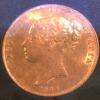


.thumb.jpg.dcd1c11463a0da4059dea665f1a377ae.jpg)

